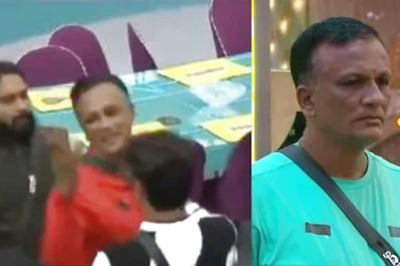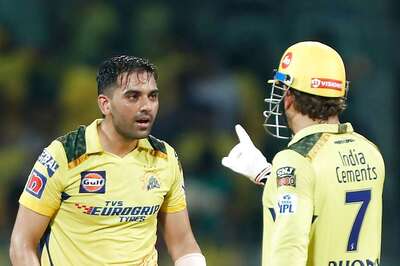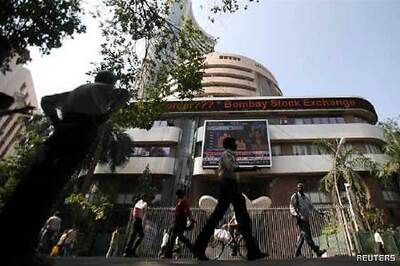
views
Delhi, the capital city of India, is known for its beauty and rich history. Throughout the centuries, many rulers have left behind famous buildings, each with intriguing names and stories. One such structure is the ancient gate known as Khooni Darwaza. The origins of its name are steeped in history. It’s one of the 13 remaining gates in Delhi. Located just south of the fortified Old Delhi, it was built by Sher Shah Suri. According to a report by the India Heritage website, this gate was built by the Afghan ruler Sher Shah Suri in the 16th century. It was originally called Kabuli Darwaza because caravans travelling to Kabul passed through it. Even then, this gate was often stained with blood, as the heads of criminals were shown as a warning to others.
This practice was meant to deter people from committing crimes and taking the law into their own hands. In recent years, many crimes have happened near this gate. Because of this, it’s been closed to the public.
Khooni Darwaza is closely associated with the first war of independence. On September 22, 1857, an incident occurred that led to the gate being renamed. On May 10, 1857, soldiers in Meerut initiated a rebellion against the British rulers. That same night, they marched towards Delhi, and upon reaching the Red Fort on May 11, they requested Bahadur Shah Zafar to lead them. Under his leadership, they killed many British officials and seized control of Delhi. The British retreated and set up camps in the surrounding areas.
In September, the British army arrived, reigniting the war in Delhi between Indian soldiers and the British forces. After bloodshed, the British army regained control of Delhi. Bahadur Shah Zafar fled the Red Fort and sought refuge in Humayun’s Tomb. Captain William Hodson was sent as an arbitrator. Zafar agreed to surrender on the condition that his life be spared, a request which was granted.
On September 22, Hodson went to Humayun’s Tomb to hold Zafar’s two sons, Mirza Mughal and Khizar Sultan, and his grandson Mirza Abu Bakr.
The princes were executed at Khooni Darwaza. After agreeing to surrender, Captain Hodson and his army led the three princes towards the Red Fort. When they arrived at Khooni Darwaza, a group of people threatened to rescue the princes. Hodson halted the bullock carts and instructed the princes to disembark. He informed the crowd that the princes were responsible for harming women and children, and he was tasked with punishing them. Hodson then pulled out his gun, instructed the princes to undress from the waist up, and shot each one. Their bodies hung at Khooni Darwaza for three days.















Comments
0 comment